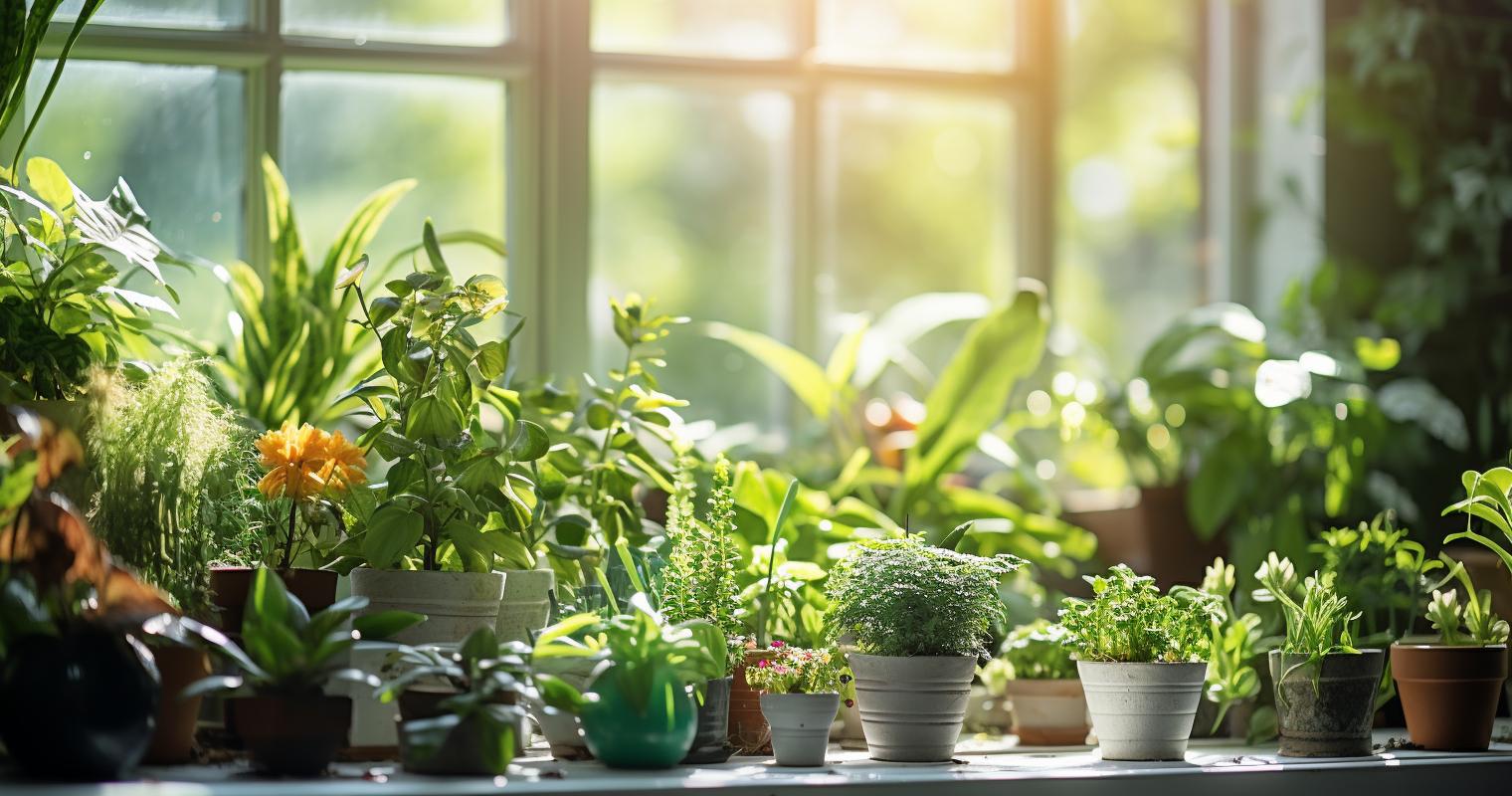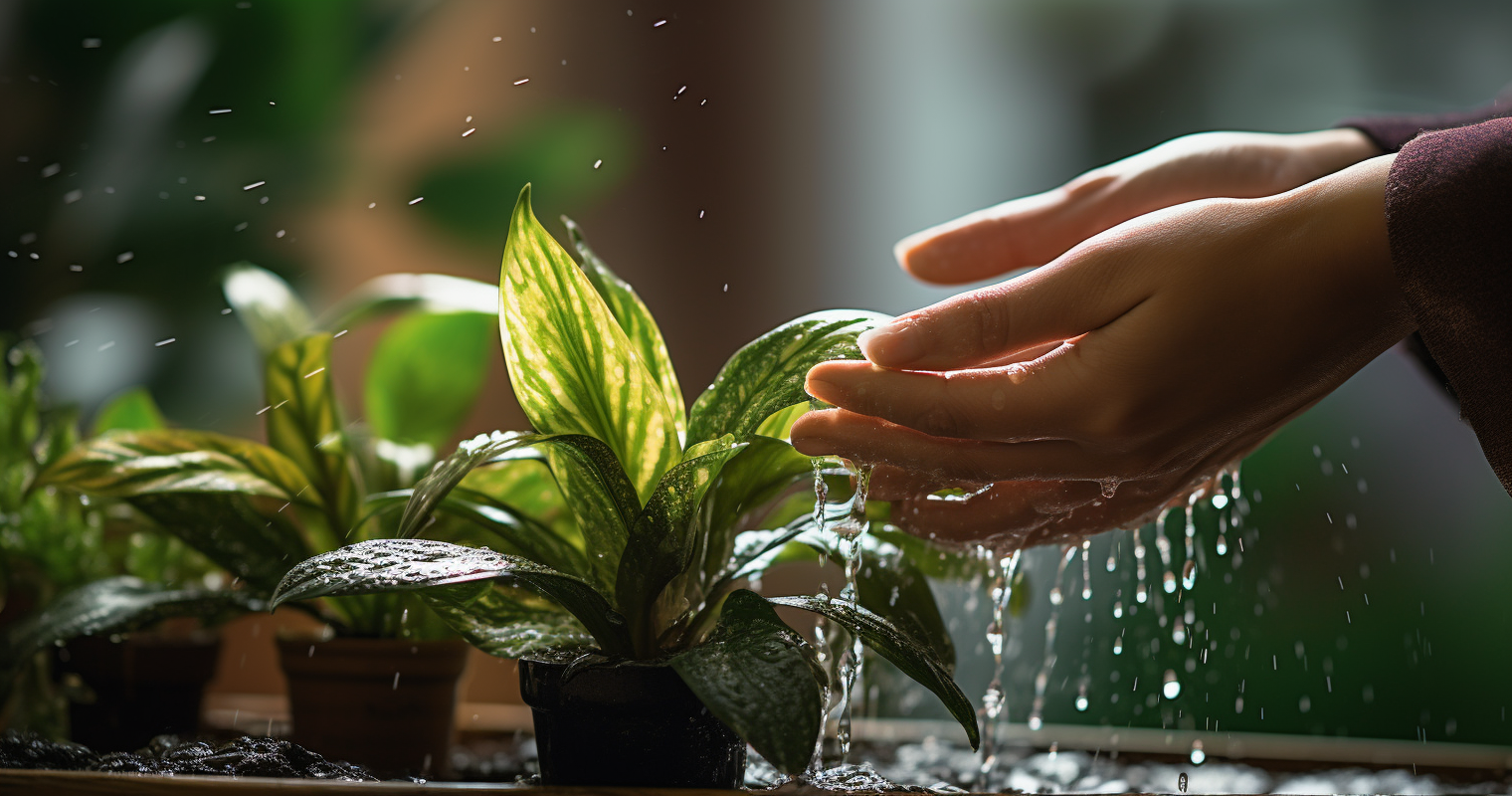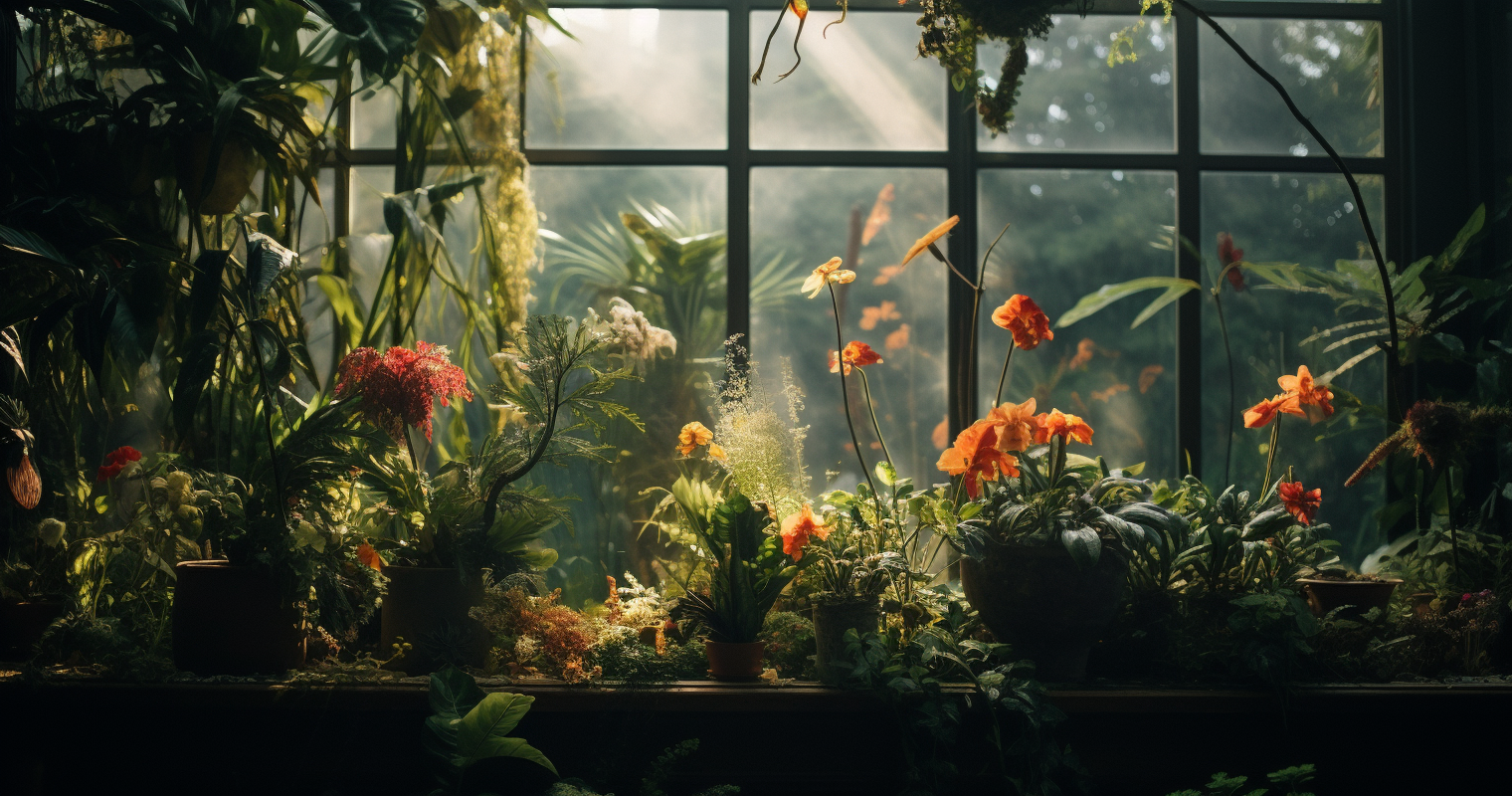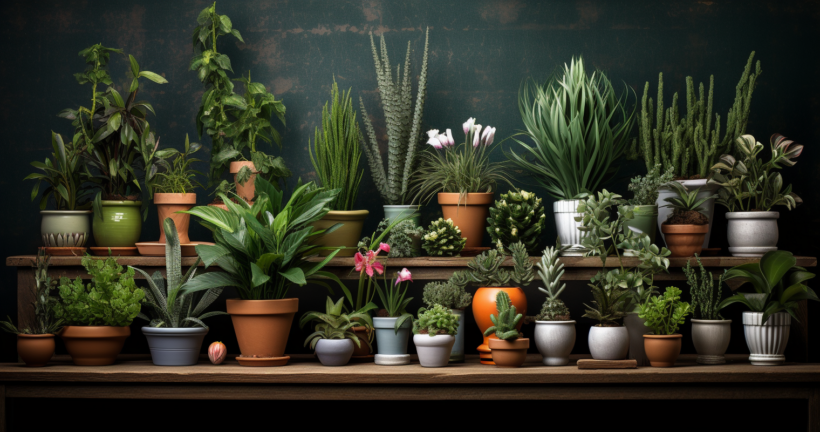When Do Houseplants Come Out Of Dormancy? It’s a question that many indoor garden enthusiasts grapple with. Houseplants, much like their outdoor counterparts, have a natural rhythm that dictates their growth and rest periods. According to a study by the National Gardening Association, over 30% of households in the U.S. own houseplants. Understanding their dormancy cycle is crucial to ensuring their health and longevity. As you delve into this comprehensive guide, you’ll gain insights into the signs, triggers, and care techniques associated with houseplant dormancy. So, whether you’re a seasoned plant parent or a budding enthusiast, this guide is tailored for you.
Understanding Plant Dormancy
Ah, dormancy. It’s not just for bears hibernating in the winter. Plants have their own version of a “nap time,” and it’s called dormancy. But what exactly is it?
Dormancy in plants is a temporary period of slowed growth or complete inactivity. Think of it as a plant’s way of saying, “I need a break!” This phase allows plants to conserve energy and resources, especially during less-than-ideal conditions.
Now, you might be wondering, why should I care about When Do Houseplants Come Out Of Dormancy? Well, understanding dormancy is crucial for anyone looking to keep their indoor green companions thriving. Houseplants, just like outdoor plants, go through this cycle. Recognizing the signs of a dormant houseplant can save many a plant parent from unnecessary worry. Some common signs include:
- Reduced growth rate.
- Fewer new leaves sprouting.
- A general appearance of being “less lively.”
Factors Influencing Dormancy in Houseplants
| Dormancy Trigger | Description |
|---|---|
| Seasonal Changes | Shortening days and lengthening nights signal plants to enter dormancy. |
| Light Exposure | Insufficient darkness disrupts dormancy, while natural light changes play a role. |
| Temperature | Temperature drops slow down plant metabolism and trigger dormancy. |
Alright, let’s dive a bit deeper. What causes our beloved houseplants to hit the snooze button?
Seasonal changes play a significant role. As days get shorter and nights longer, plants receive the signal that it’s time to rest. It’s like their version of cozying up with a blanket and binge-watching their favorite show.
Next up, is light exposure. Plants are a bit like us when we’re trying to sleep. Imagine trying to nap with a bright light shining in your face. Not ideal, right? Similarly, plants need a certain amount of darkness to enter and maintain their dormant state.
Lastly, let’s talk about temperature. Just as you might snuggle up during colder months, plants sense temperature drops and respond by slowing down their metabolic processes. It’s their way of saying, “It’s chilly; let’s take it easy.”
Now, while understanding dormancy is essential, it’s equally crucial to ensure our homes smell pleasant, especially when we’re spending more time indoors with our green buddies. If you’re curious about making your space smell divine, check out this guide on How to make the house smell good.
And for those who are in it for the long haul with their plants, understanding the Houseplants Lifespan can give you insights into how long you and your leafy friend will be together. After all, it’s a relationship worth nurturing!
When Do Houseplants Come Out Of Dormancy?
Ah, the age-old question for plant enthusiasts: When Do Houseplants Come Out Of Dormancy? It’s like trying to figure out when your teenager will finally wake up on a weekend. But fear not, we’ve got the answers!
Recognizing the End of the Dormancy Period
| Sign | Dormancy | Awakening |
|---|---|---|
| Growth Rate | Reduced growth rate | Sudden spurt in new growth |
| Leaf Activity | Fewer new leaves sprouting | Leaves look perkier and more vibrant |
| Overall Appearance | The general appearance of being “less lively” | Soil dries out faster due to increased water uptake |
First things first, how do you even know when your plant is ready to shake off its slumber? Well, you’ll notice:
- A sudden spurt in new growth.
- Leaves look perkier and more vibrant.
- The soil dries out faster due to increased water uptake.
Factors Influencing the Great Awakening

Just like how a surprise breakfast in bed might get your teen out of their room faster, certain factors can accelerate a plant’s exit from dormancy:
- Increased daylight hours.
- A consistent rise in room temperature.
- The sweet serenades of your morning shower concerts (okay, maybe not this one).
However, be wary! Overwatering or a sudden cold snap can delay this process. It’s all about balance, folks.
Helping Your Plant Transition
Now, imagine waking up from a deep sleep and immediately running a marathon. Sounds exhausting, right? Similarly, plants need a gentle nudge out of dormancy. Here are some tips:
- Gradually increase the amount of water you give.
- Shift them to a spot with more light, but avoid direct sunlight initially.
- Whisper sweet affirmations to them. (Hey, it can’t hurt!)

Caring for Houseplants Post-Dormancy
Alright, your plant is awake, alert, and ready to party. Now what?
Watering 101
Post-dormancy, your plant is thirsty for more than just your compliments. Adjust your watering schedule to quench its increased thirst, but remember, no plant likes soggy feet. Overwatering is a no-no.
Let There Be Light
Light is to plants what coffee is to us. Essential. Post-dormancy, ensure your plant gets its daily dose of sunshine. However, avoid placing it in direct sunlight immediately. Think of it as easing into a bright Monday morning.
Feed Me, Seymour!
After a long rest, your plant has an appetite. Consider fertilizing it to provide essential nutrients. But don’t go overboard; too much of a good thing can be harmful.
For those of you looking to up your gardening game, here’s a nifty guide on the 10 best gardening tips for successful flower garden design. And if you’re curious about the lifespan of your green buddy, check out this article on How long can you expect a houseplant to live.

Common Mistakes to Avoid During Dormancy
We’ve all been there. Eagerly caring for our plants, only to realize we might be smothering them with too much love. When it comes to When Houseplants Come Out Of Dormancy, there are a few common missteps that even the most seasoned plant parents can make.
The Perils of Overwatering
It’s a rainy day, and you’re indoors with your favorite plant. You think, “A little extra water won’t hurt, right?” Wrong! Overwatering dormant plants is like giving someone an extra blanket when they’re already sweating. It’s unnecessary and can lead to root rot. Remember, during dormancy, plants are on a water diet.
The Temperature Tango
While your plant might enjoy a bit of sunbathing, exposing it to extreme temperatures is a no-go. Think of dormancy as your plant’s chill time. Too much heat or cold can stress them out. Keep the environment stable, and your plant will thank you.
The Repotting Riddle
Do you have the urge to give your plant a new home during its dormant phase? Resist! Repotting or transplanting during dormancy can be jarring. It’s like moving someone’s bed while they’re still sleeping on it. Not cool.
Benefits of Dormancy for Houseplants
Now that we’ve covered the don’ts, let’s dive into the do’s. Or rather, the whys. Why is dormancy beneficial for our leafy companions?
Embracing the Natural Rhythm
Every living being, from humans to houseplants, has a natural growth cycle. For plants, dormancy is a part of this rhythm. It’s their way of conserving energy and resources, ensuring they come back even stronger.
The Rejuvenation Station
Think of dormancy as your plant’s spa day. A time for strengthening and rejuvenation. During this phase, plants repair any damage and prepare themselves for a new growth spurt. It’s all about self-care!
Prepping for the Big Show
Dormancy isn’t just about rest. It’s also about preparation. Plants use this time to gear up for their next growth phase, ensuring they put on a spectacular show when the time is right.
For those looking to add a touch of serenity to their gardens, incorporating water features for your garden landscape can be a game-changer. And if you’re curious about how long your green buddy will be with you, this article on Houseplant Life Span is a must-read.
Frequently Asked Questions
What is meant by ‘When Do Houseplants Come Out Of Dormancy’?
When houseplants come out of dormancy, it refers to the period when they transition from a state of inactivity to active growth.
Why do houseplants go into dormancy?
Houseplants enter dormancy as a natural response to environmental conditions, often triggered by reduced light or temperature changes.
How can I tell if my houseplant is dormant?
Signs of dormancy in houseplants include slowed growth, fewer new leaves, and a general lack of vigor.
How long does dormancy typically last for houseplants?
Dormancy in houseplants can last anywhere from a few weeks to several months, depending on the species and environmental conditions.
Is it safe to repot a houseplant during its dormancy?
It’s best to avoid repotting houseplants during dormancy, as this can stress the plant and disrupt its natural cycle.
How should I care for my houseplant when it’s coming out of dormancy?
When a houseplant is coming out of dormancy, gradually increase its water intake, ensure it receives adequate light, and consider fertilizing it for optimal growth.
Can all houseplants experience dormancy?
While most houseplants experience some form of dormancy, the intensity and duration can vary based on the plant species and its native habitat.
Conclusion
Understanding When Do Houseplants Come Out Of Dormancy is more than just a matter of curiosity; it’s about ensuring the well-being of your green companions. By recognizing the signs and adapting your care routine, you can support your plants through this natural phase and witness their renewed vigor. As you continue your journey with houseplants, remember that every phase, including dormancy, is a testament to the intricate beauty of nature. Keep nurturing, keep learning, and let your indoor garden thrive!
Thank you for reading!
